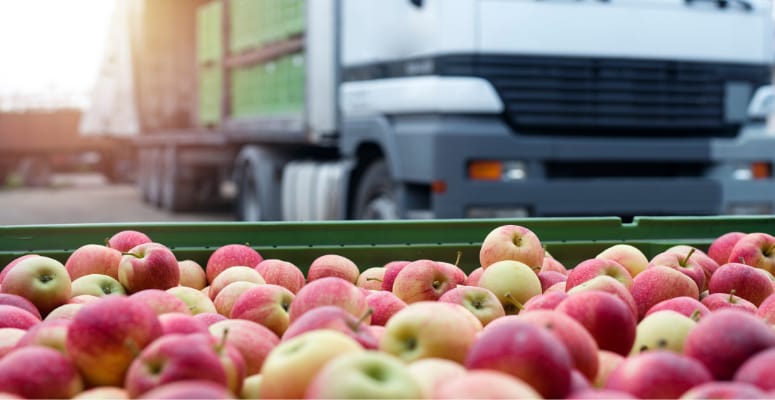In order to understand the importance of horizon scanning in food safety, it’s critical to explore the meaning and methodology of horizon scanning. Learn more about the different methods, its benefits, drawbacks and how to apply it for the food industry.

The UK Department of Environment, Food and Rural Affairs (DEFRA) defines horizon scanning as:
“…the systematic examination of potential hazards, opportunities and likely future developments which are at the margins of current thinking and planning. Horizon scanning may explore novel and unexpected issues as well as persistent problems or trends”.
Therefore, in order to horizon scan one needs to look at past experience, previous trends and research current potential, weather hazardous or not, to anticipate future possible developments. In essence, horizon scanning is a methodology for foresight.
The UN’s Food and Agriculture Organization has defined four different methods of horizon scanning, how they’re used and the benefits and drawbacks of each one:
- Best-Worst Scanning
Horizon scanning method that allows prioritization of key issues (generally technologies) by certain pre-identified criteria. Utilizes expert opinion via questionnaires.
Generally applied to health technology, this methodology is often used to rank or prioritize issues or new technologies for funding support.
PRO: Quantitative analysis with clear expert support for outputs.
CON: Requires substantial time commitment and commitment of experts to obtain good results.
- Delta Scan
A selection of key foresight papers and reflection from global foresight experts. This is freely available through the internet and supported by the UK government.
Generally used as a source of information relating to drivers, trends and general foresight knowledge. The methodology of this incorporates structured input from more than 250 foresight experts.
PRO: Freely available, contains large amounts of highly relevant data.
CON: Methodology for collecting data is not entirely clear and may not address specific issues related to food safety.
- Expert Consultation
Highly variable between organizations, but generally includes obtaining expert opinions through questionnaires or face-to-face meetings on potential drivers and trends relating to a topic.
The most common use is to identify or prioritize emerging issues identified by experts within a specific field, or to identify potential trends and drivers to feed into a larger foresight exercise.
PRO: Flexible methodological approach to obtain broad information
CON: Not clearly outlined how to utilize the methodology and may not be able to apply quantitative analysis. Is costly to implement.
- Manual Scanning
The most commonly utilized method of horizon scanning. Includes scanning a variety of sources in a structured way, and may or may not include the use of text-mining software. It can be exploratory or issue-centered in nature.
Applied to track and identify drivers and trends either generally or specific to a particular issue. Tracking these over time gives a good picture of potential future issues that can then be validated through expert consultation etc.
PRO: Low resource requirement for weekly scanning activities.
CON: Requires additional foresight methodologies or expert input to obtain robust results.

How can this be applied to food safety?
This can be used to identify emerging risks and issues in your business to generate operational policies which can be put into place to avoid or mitigate these risks. Early identification, evaluation and prioritization of issues are important in the food safety decision making process and have the potential to support improved strategic planning, risk identification and keeping a finger on the pulse of ever-changing food safety requirement.
A little forward thinking can help you put a proactive risk mitigation plan in place so that you have processes and procedures to manage issues you haven’t experienced yet. Horizon scanning can deliver this and put your organization at the forefront of food safety.
Chantelle Delport (with acknowledgement to the Food and Agriculture Organization of the United Nations)
BSI Business Development Executive – South Africa